Feature
-
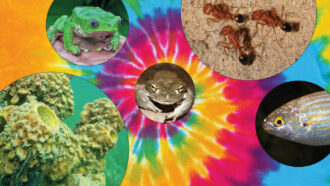 Animals
AnimalsThe Sonoran Desert toad can alter your mind — it’s not the only animal
Their psychedelic and other potentially mind-bending compounds didn't evolve to give people a trip.
-
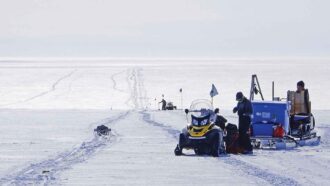 Earth
EarthA massive cavern beneath a West Antarctic glacier is teeming with life
A subglacial river has carved out the cavern beneath the Kamb Ice Stream, a West Antarctic glacier, and may be supplying nutrients necessary for life.
By Douglas Fox -
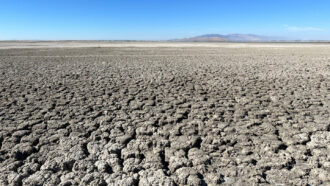 Earth
EarthThe Great Salt Lake is shrinking. What can we do to stop it?
A dropping lake level affects agriculture, public health and the environment — but water conservation can halt the decline.
-
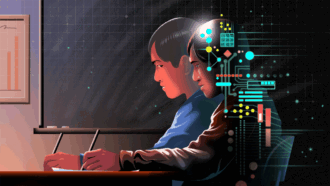 Tech
TechHow ChatGPT and similar AI will disrupt education
The new chatbot ChatGPT and other generative AI encourage cheating and offer up incorrect info, but they could also be used for good.
-
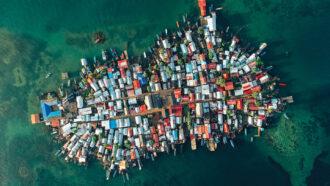 Climate
ClimateHow an Indigenous community in Panama is escaping rising seas
The Indigenous Guna peoples' relocation from Panama could offer lessons for other communities threatened by climate change.
-
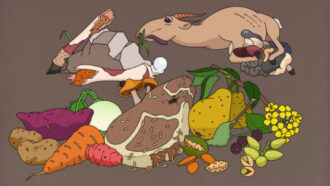 Anthropology
AnthropologyA surprising food may have been a staple of the real Paleo diet: rotten meat
The realization that people have long eaten putrid foods has archaeologists rethinking what Neandertals and other ancient hominids ate.
By Bruce Bower -
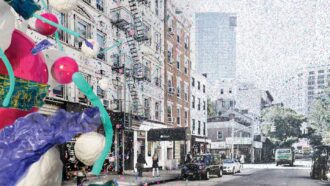 Health & Medicine
Health & MedicineMicroplastics are in our bodies. Here’s why we don’t know the health risks
Researchers are racing to try to understand how much humans are exposed and what levels are toxic.
-
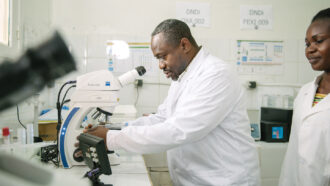 Health & Medicine
Health & MedicineSleeping sickness is nearing elimination. An experimental drug could help
Clinical trials of acoziborole are under way in sub-Saharan Africa, where sleeping sickness is endemic.
By Meghan Rosen -
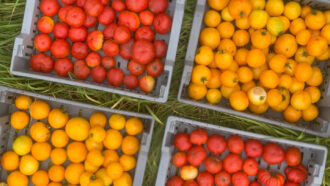 Agriculture
AgricultureDry farming could help agriculture in the western U.S. amid climate change
Some farmers in the western United States are forgoing irrigation, which can save on water and produce more flavorful fruits and vegetables.
-
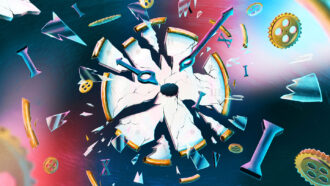 Health & Medicine
Health & MedicineTrauma distorts our sense of time and self. A new therapy might help
The therapy has helped veterans struggling with mental illness imagine their future selves.
By Sujata Gupta -
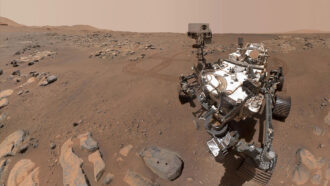 Space
SpaceWhat has Perseverance found in two years on Mars?
NASA's Perseverance rover has turned up volcanic rocks, signs of flowing water and some of the materials necessary for life.
By Liz Kruesi -
 Health & Medicine
Health & MedicineA chemical imbalance doesn’t explain depression. So what does?
The causes of depression are much more complex than the serotonin hypothesis suggests